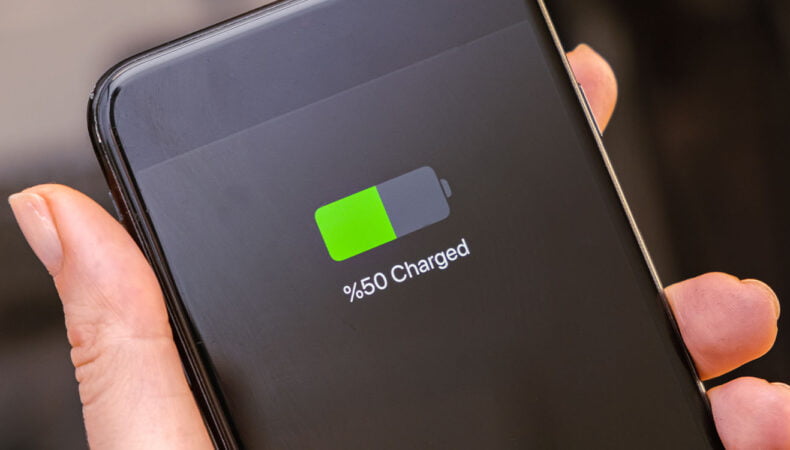Introduction
The Importance of Smartphone Battery Life
In today’s world, most of us rely heavily on our smartphones. We use them for everything from communication to entertainment, navigation, mobile payments, and more. With so many daily uses, having enough battery life is crucial for an uninterrupted experience. Running out of battery during an important call or while using maps to navigate can be incredibly frustrating. Optimizing battery life allows us to get the most out of our devices each day.
Brief Overview of Factors Affecting Battery Life
There are many factors that can drain smartphone battery life. The display settings such as brightness and timeout, resource-intensive apps and background processes, and connectivity features like Wi-Fi, Bluetooth, and GPS all contribute. Understanding these factors and how to optimize them is key to extending battery life. Proper maintenance like updates, calibration, and safe charging practices also play an important role in battery health over time.
Understanding Smartphone Battery Basics
Types of Smartphone Batteries
Most smartphones today use lithium-ion batteries. Some key advantages of Li-ion batteries are their high energy density, low self-discharge rate, and no memory effect. Different models may use slightly different lithium-ion chemistries and form factors, but the basic functionality remains the same. Some phones may also use polymer lithium-ion batteries, which can be thinner and lighter.
How Smartphone Batteries Work
A lithium-ion battery has a positive and negative electrode separated by an electrolyte solution. When the battery is charging, lithium ions move from the positive electrode (cathode) to the negative one (anode) through the electrolyte. During discharge when in use, the ions flow back to the cathode, generating electricity. The battery’s charge capacity diminishes over time and use. Advanced power management systems help optimize the battery’s discharge/recharge cycles.
Key Factors that Drain Your Smartphone Battery
Screen Brightness and Timeout
The display is one of the biggest power draws on a smartphone. Using maximum screen brightness and shorter timeout (screen off) settings will drain the battery more rapidly. Keeping brightness lower and timeout longer when feasible can make a big difference.
Apps and Background Processes
Apps that use GPS, streaming audio/video, gaming graphics, and other intensive features drain a lot of power. Background processes from apps continuing to run even when not in active use also gradually drain the battery. Closing unused apps and disabling unnecessary background processes can optimize battery life.
Connectivity Features (Wi-Fi, Bluetooth, GPS)
Radios for Wi-Fi, Bluetooth, cellular data, and GPS are a major battery drain. When not actively using connectivity, turning off Wi-Fi and Bluetooth helps. Disabling GPS when not needed or using battery saving location modes also saves power.
How to Optimize Your Smartphone for Longer Battery Life
Adjust Display Settings
Lower screen brightness to around 30-50% and set screen timeout to 30 seconds or 1 minute. Use dark mode if available. Minimize use of power-hungry features like ultra-bright flash when taking photos.
Manage Apps and Background Processes
Force close or uninstall apps not in regular use. Disable background app refresh and auto-updates. Put unused apps to “sleep.” Use task killers or battery optimization features cautiously.
Control Connectivity Features
Turn off Wi-Fi, Bluetooth, and mobile data when not needed. Put GPS, NFC, and other location services in battery saving modes. Disable auto-syncing of accounts and emails.
Battery Saving Modes and Tools
Use built-in battery saving modes to automatically adjust settings for longer battery life. Some tools like Android’s Battery Saver or iOS’s Low Power Mode work well. Battery saver apps can also help but avoid “task killers.”
Maintaining your Smartphone Battery for Long-term Health
Regular Updates
Keep your phone and apps updated. Software updates often include battery performance fixes. Let your phone optimize the battery health.
Battery Calibration
Occasionally calibrate battery by doing full discharge/recharge cycles. Don’t let phone discharge fully or charge to 100% every day.
Safe Charging Practices
Avoid exposing phone to high heat. Use original charger and cable. Don’t leave charging overnight. Replace battery if holding less charge.
Conclusion
Recap of Optimization Strategies
Adjusting display, connectivity, apps, and system settings can significantly optimize battery life. Built-in battery modes simplify the process. Proper maintenance is also key for long-term battery health.
Encouragement for Continued Maintenance and Care
With some diligence about battery care, you can get the most out of your smartphone each day. Just be mindful of best practices and your phone’s charge will go further.
Last modified: August 25, 2023




